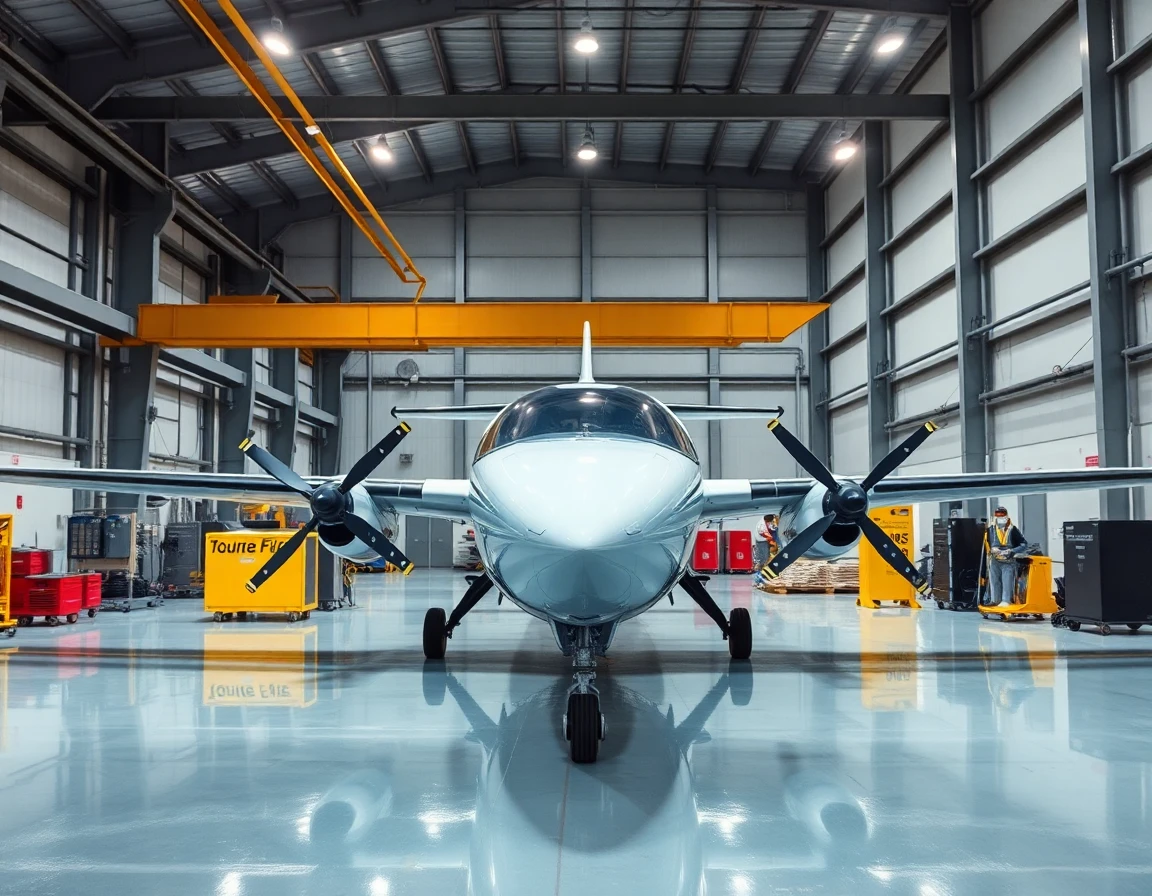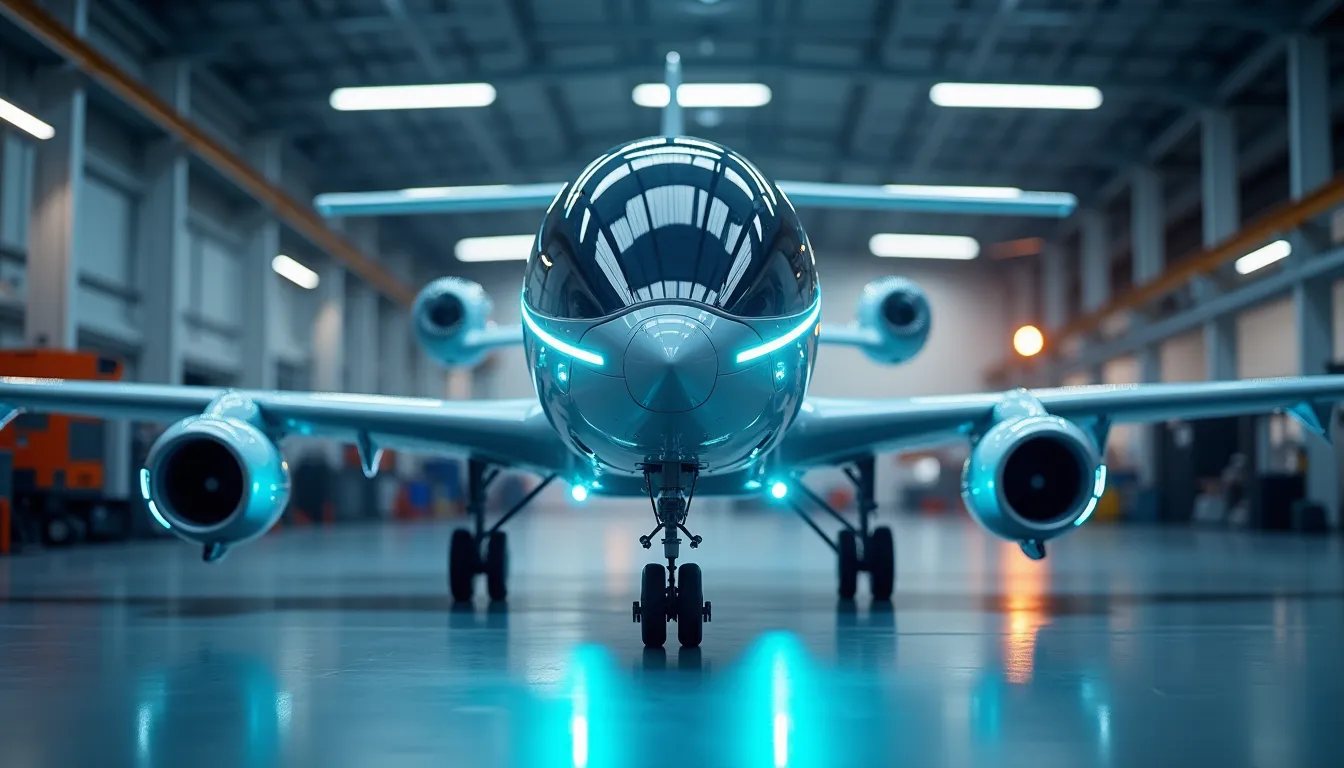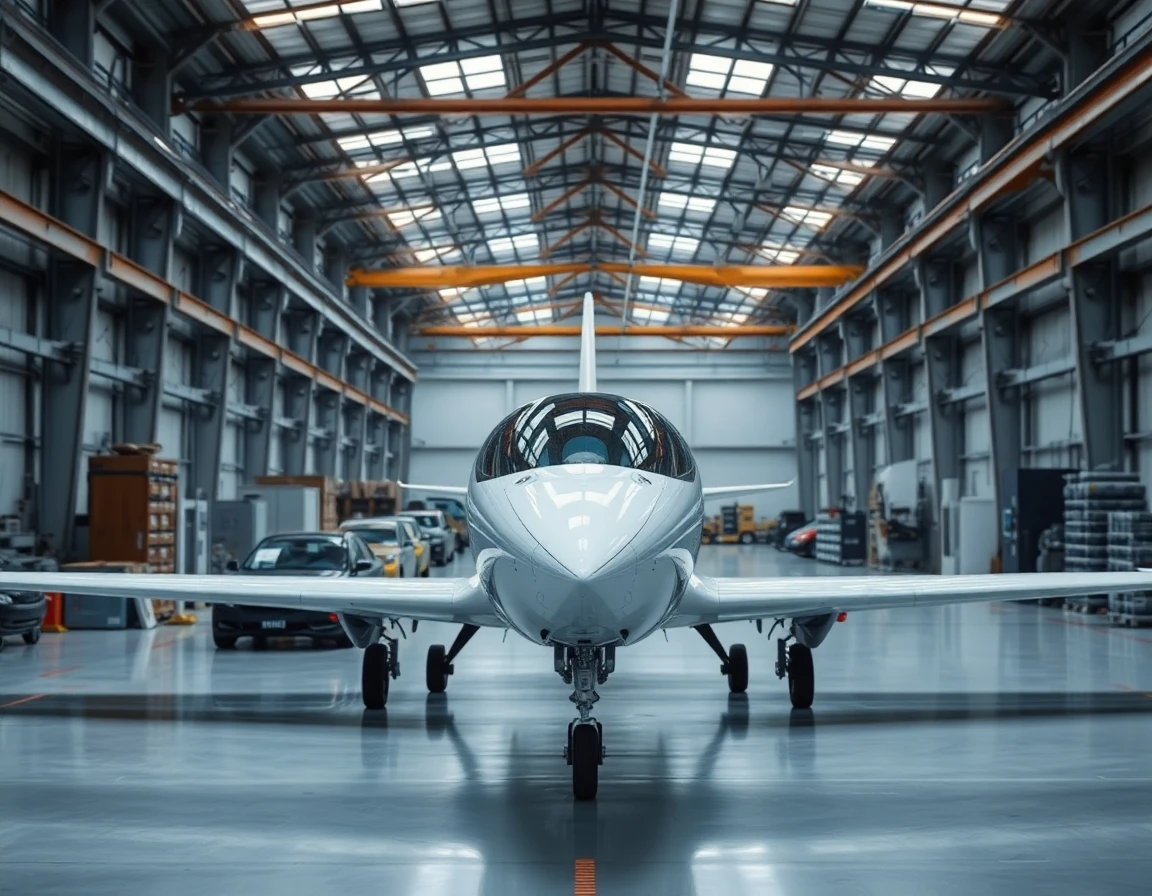The aviation industry stands on the brink of a transformative shift as electric aircraft gain traction in both commercial and military sectors. With advancements in electric propulsion technology, the aviation landscape is poised for a sustainable revolution.
Understanding Electric Aircraft
Electric aircraft primarily utilize electric propulsion systems powered by batteries or fuel cells, offering a cleaner alternative to traditional fossil fuel engines. This technology not only aims to reduce greenhouse gas emissions but also promises lower operational costs and less noise pollution.
Current Market Trends
According to a report by the International Air Transport Association (IATA), the electric aviation market is projected to reach $10 billion by 2030. Companies like Pipistrel, Ampaire, and Bye Aerospace are leading the charge, developing electric aircraft models that cater to various needs—from urban air mobility to regional transport.
In the military domain, electric aircraft are being explored for their potential in surveillance, reconnaissance, and even combat roles. The U.S. Air Force’s Agility Prime program is one such initiative, aiming to accelerate the development and integration of advanced air mobility vehicles.
Technological Innovations Driving Electric Aircraft
Technological advancements are central to the growth of electric aircraft. Key innovations include improved battery technologies, electric propulsion systems, and advanced avionics. As electric aircraft rely on sophisticated navigation and control systems, products like the Advanced Sensor Module are particularly relevant. This advanced 9-DOF MEMS IMU integrates motion sensing capabilities crucial for maintaining stability and performance during flight, ensuring that electric aircraft can operate safely in various conditions.
Battery Technology: The Heart of Electric Aircraft
The efficiency and capacity of batteries play a critical role in the viability of electric aircraft. Lithium-ion batteries are currently the most common choice, but research into solid-state batteries promises even greater energy density and safety. Companies like Tesla and Panasonic are at the forefront of this research, aiming to develop batteries that can significantly extend the range of electric aircraft.
Challenges Ahead
Despite the promising future, the electric aircraft industry faces several challenges. Battery weight and energy density remain significant hurdles, as current technology limits the range and payload capacity of electric aircraft. Additionally, regulatory hurdles and the need for supportive infrastructure, such as charging stations at airports, must be addressed.
In a statement from Dr. Emily Carter, an aerospace engineer at the Massachusetts Institute of Technology, she noted, “The transition to electric aircraft requires not only technological advancements but also a shift in regulatory frameworks and public perception.”
Future Impacts and Developments
The potential impact of electric aircraft on the aviation industry is profound. With reduced emissions, the move towards electric propulsion aligns with global sustainability goals, particularly in urban environments where noise pollution is a significant concern. Electric vertical takeoff and landing (eVTOL) aircraft could revolutionize urban transport, reducing congestion and travel times.
Moreover, advancements in navigation systems are critical for the operational success of electric aircraft. The Advanced Navigation System, featuring high-performance MEMS accelerometers, enhances precision and stability, allowing for safe operation in complex airspace. This technology is increasingly integral as electric aircraft become a more common sight in both civilian and military airspace.
Industry Perspectives
Industry experts believe that the future of electric aircraft will be shaped by collaboration between aerospace companies, governments, and research institutions. “The synergy among stakeholders is essential to overcome the technical and regulatory challenges we face in the electric aviation sector,” said John Smith, CEO of Electric Air Mobility Corp.
Conclusion
The evolution of electric aircraft signifies a pivotal moment in aviation history. As the industry embraces this shift towards sustainable propulsion, the implications for commercial and military aviation are vast. With ongoing advancements in technology and a commitment to reducing environmental impact, electric aircraft are set to redefine the skies. The future of aviation is electric, and the journey has only just begun.



